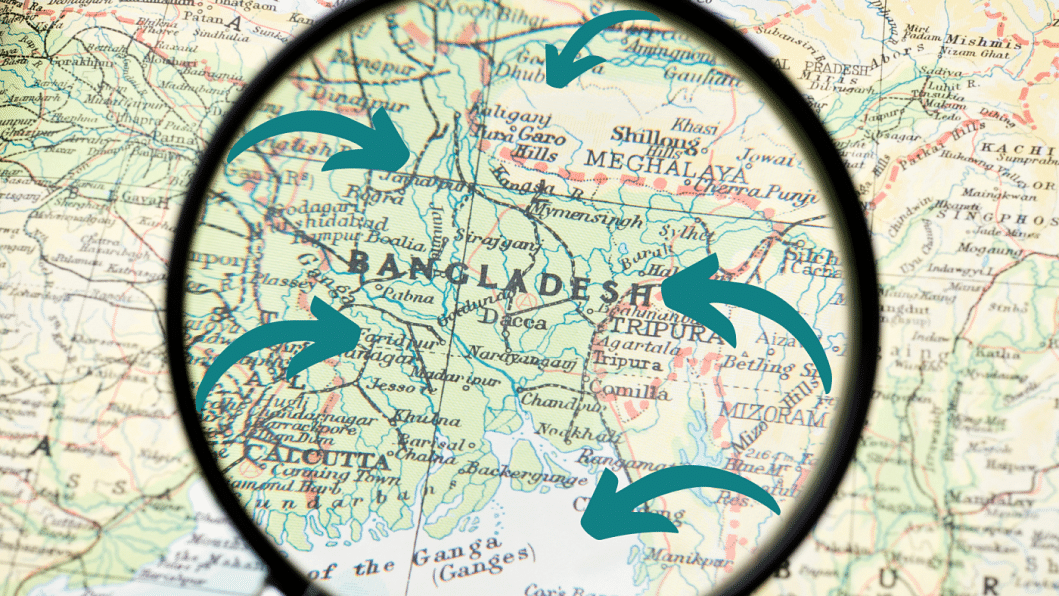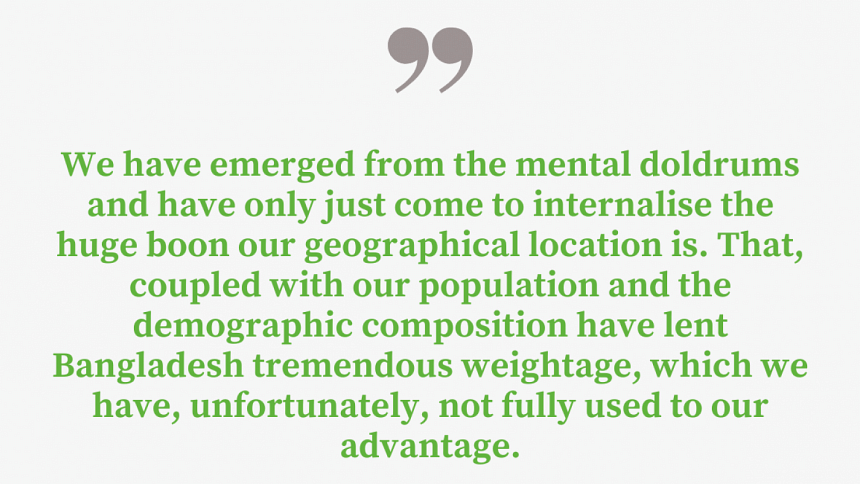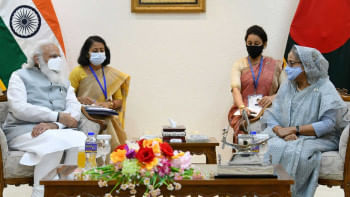What have we done with our strategic assets?

Strategic assets are those that demand attention from the highest levels of the state, and are subject to interstate competition. For the leaders and decision-makers, it is not only important to identify a nation's strategic endowments, but also to manage and use them to further national interests.
Of late, discourse on this particular issue has gained traction, definitional vagueness of the term notwithstanding. Such a discourse in Bangladesh, to identify the country's strategic assets, was essential so that the planners, policymakers and leaders could take informed decisions to stave off any extraneous influence on those on the one hand, while on the other, employ their inherent attributes to secure our national interests. Unfortunately, there has been a tendency, a mindset which clouded much of our thoughts, to make light of the geopolitical assets of Bangladesh and consequently minimise the inherent importance of many resources that nature has gifted us with.
It had taken a long time to get in to our heads that neither is Bangladesh a basket case, nor does our location in the backwaters of the Bay of Bengal diminish our geopolitical importance.
Thus, the general remark that Jeffrey Ding and Allan Dafoe makes in their very interesting article, referring to the world scenario in this regard that, "even as nations are increasingly concerned about strategies to build up technological advantages over their rivals, much more work needs to be done to understand the underlying logic of what makes an asset strategic", could not be more relevant in the case of Bangladesh. And a cursory look at how our strategic assets have been handled will make it amply clear whether our decision-makers have fully comprehended the fundamental rationale of "strategic asset".

We have taken our geographical location, that makes us "India locked" on all three sides, as fait accompli, beset with the psyche that we shall have to remain at the mercy of a very big and powerful country as our neighbour. But our geographical location should not have been seen in isolation but in the context of our neighbour's geography, too, particularly our big neighbour and its geographical configuration.
We have emerged from the mental doldrums and have only just come to internalise the huge boon our geographical location is. That, coupled with our population and the demographic composition have lent Bangladesh tremendous weightage, which we have, unfortunately, not fully used to our advantage. If anything, it has been frittered away at the expense of the country's national interest. Our strategic assets have been lent out, and the legitimate question which the administration should answer is, at what cost, what have the returns and the gains been for Bangladesh?
One would like to ask if our planners and decision-makers had calculated the strategic weight that our facilities that India had been seeking, and has since got, and whether they have done enough to ensure that the use of our strategic assets have paid us the dividends that they should from their utilisation by a third country.
Let's put this particular matter in a more concrete context.
What took us long to figure out is that if Bangladesh is "India locked", so is a good part of Indian North East, whose psychological hiatus from the centre is less acknowledged by Delhi. This reality has never been out of the discourse of the Indian planners as well as its strategic community, who realised that with a backward, poorly developed North East, the remoteness, psychological and physical division between the region and Delhi would continue to grow. But, given the tortuous land distance between the mainland and the region, development would not only be excessively costly but also very time consuming. Seeking the shortest route between mainland India and its North East was a major strategic aim for India. Cutting through Bangladesh would reduce the time and distance by less than a third. In other words, development of the Indian NE and its integration with the rest of India was predicated on the disposition of Bangladesh towards India. And getting access through Bangladesh was India's singular aim.
Thus, the Indian stress on regional connectivity, which would gain them more than one strategic advantage in one shot. The idea that an interconnected South Asia through multi-modal network would boost the economic development of the region, was sold by India. On the face of it, the idea has merits, and there was no reason for rejecting it. Bangladesh bought the idea and has since allowed its land territory to be used by India – road, rail, river, etc. In the last 10 years there has been more bilateral connection between Bangladesh and India, than multilateral. Bangladesh's river and sea ports have been opened for use by India. Presently, there are 13 points of entry and exit from India through Bangladesh. Interestingly, all connectivity has been eastward, very little connection has been made west or northwards. Of late our geopolitical significance has been multiplied by the recently completed Padma Bridge. One need only to glance at the coverage of the completion of the project by the major Indian newspapers to understand the significance of the bridge to India.
But as of now, Bangladeshi vehicles cannot go directly to Nepal or India since Delhi is yet to give transit facility to Bangladesh, a facility that India has given to the other two countries.
India's contrasting position suits its national interests. Using our territory to connect its north and northeast saves time and money. Giving Bangladesh transit to Nepal and Bhutan would cost it trade. But is the levy of Tk 524 per ton on Indian goods and a pittance of Tk 2 per km of road usage adequate? At least we have levied some money. Initially we got the impression that these might be given free to India, given the remarks of the PM's economic advisor, that asking money from our neighbours for the use of our territory for commercial purpose is uncivil. But, is the levied amount adequate recompense for the use of our road, river and port facilities, or for the loss in trade that Bangladesh has suffered and will suffer, due to benefits of transit given to India?
Now that the Padma Bridge has added immeasurable strategic significance and value to our infrastructure, what will we do to reap the economic dividends from it? Reportedly, the first Indian truck made the use of the bridge to move from east to north and northeast of India a few days ago. But what have we got in return in so far as connecting with our other neighbours, namely Nepal and Bhutan? Have we used the weight of our assets to gain our strategic aims? Have we measured up to India's bargaining capacity?
Brig Gen Shahedul Anam Khan, ndc, psc (retd) is a former associate editor of The Daily Star.

 For all latest news, follow The Daily Star's Google News channel.
For all latest news, follow The Daily Star's Google News channel. 









Comments